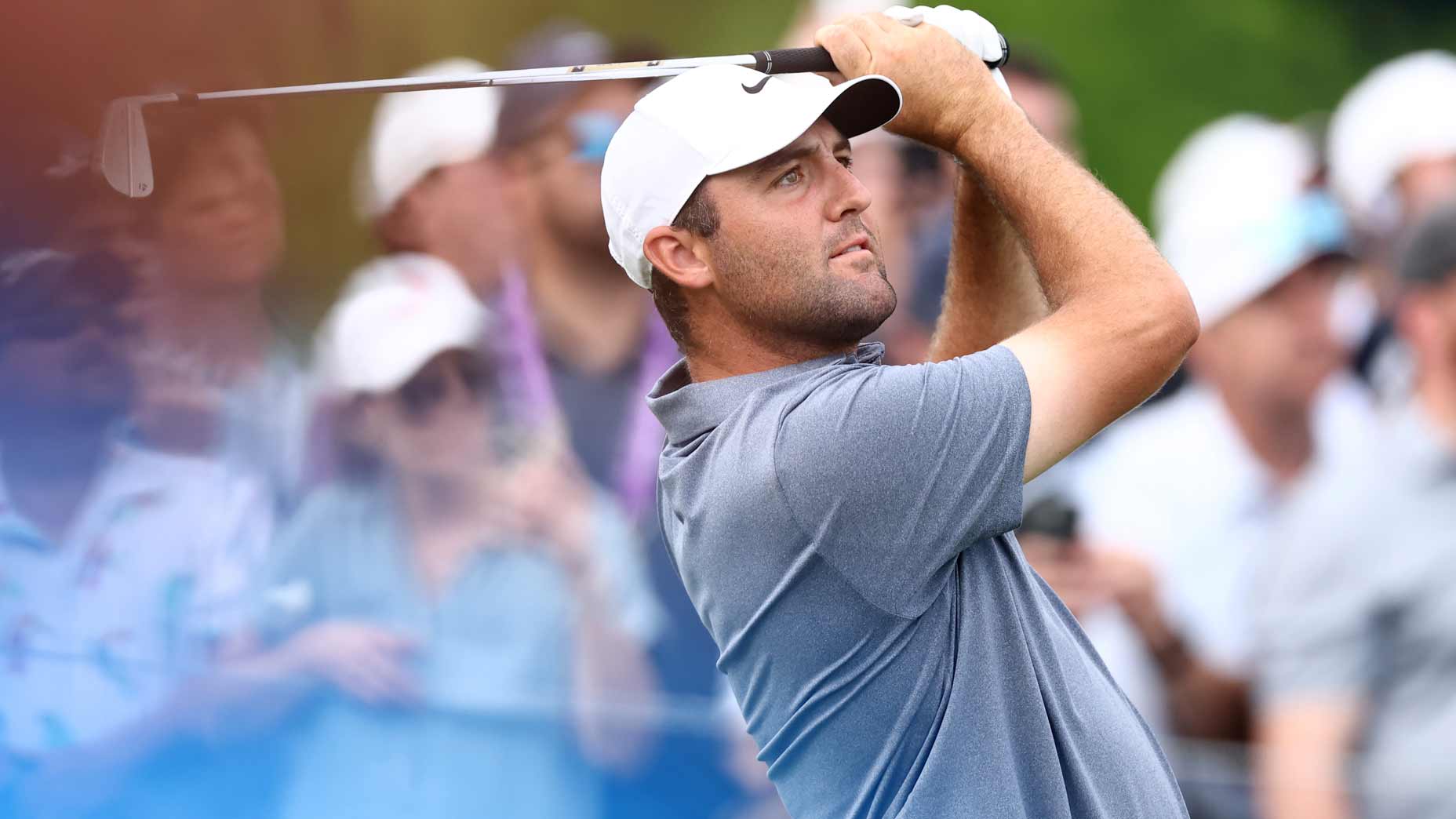SPORTS INFO DASH
Sports Info Dash is your all-in-one hub for real-time sports updates, live scores, in-depth match stats, player profiles, and breaking news across football, basketball, tennis, and more. Stay ahead with the latest in global sports action.
Rory McIlroy’s Driver Deemed Non-Conforming: What Happened and Why It Matters
Sports Info Dash

Introduction: Rory McIlroy and the Driver Controversy
Rory McIlroy is renowned for his power and precision off the tee, often considered one of the best drivers in professional golf. Recently, however, the golf world was abuzz with news that McIlroy’s driver was found non-conforming ahead of the PGA Championship. This unexpected development led to questions about driver testing, equipment regulations, and the potential impact on McIlroy’s performance during the tournament.
Why Was Rory McIlroy’s Driver Deemed Non-Conforming?
Before the 2025 PGA Championship, an equipment check revealed Rory McIlroy’s driver had exceeded the United States Golf Association (USGA) conformance limits. As highlighted by Golf Digest, this meant McIlroy had to switch to a backup club just before the event started.
Golf’s governing bodies routinely test a sample of drivers at major tournaments to ensure they meet legal standards, including the maximum allowable flexibility, known as Characteristic Time (CT). A club may become non-conforming after thousands of high-speed impacts, which can make the clubface too flexible, offering a potential (though minor) performance advantage. This phenomenon, referred to as "CT creep," was a likely reason behind McIlroy’s situation.
What Caused the Issue?
According to ESPN’s detailed coverage, around one-third of the field, including McIlroy, had their drivers randomly tested by the USGA. Reports indicated McIlroy’s TaylorMade Qi10 model, after extended use, had gone past conformance limits. Importantly, nobody suggested intent to cheat—drivers can become non-conforming through regular play over months. The PGA of America and the USGA emphasized that the process protects both the sport and the players, maintaining fairness while avoiding unnecessary public scrutiny.
The Response and Impact on Play
While the news stirred media attention, McIlroy did not violate any rules. He promptly switched to a conforming backup driver and continued competing. Nevertheless, the disruption may have affected his rhythm. During the opening round at Quail Hollow, McIlroy struggled with accuracy, as detailed in Golf.com’s analysis. Experts note that pros frequently replace worn equipment, but making a change during a major can be particularly challenging due to the need to adjust quickly to a slightly different feel.
Despite this setback, equipment reps and fitters report that driver heads routinely fail random CT tests on tour. High-speed players, like McIlroy, are especially susceptible due to the force and frequency with which they hit the ball. Most professionals are prepared, keeping backup drivers readily available for such scenarios.
How Common Are Non-Conforming Drivers?
Golf fans might be surprised to learn that random testing of drivers has become a regular part of major tournaments. Failures are not unusual and do not imply wrongdoing. Other tour players, including Xander Schauffele and Jon Rahm, have experienced similar situations in recent years. The difference is often imperceptible to viewers and rarely provides any real competitive advantage. Regardless, strict adherence to regulations is vital for maintaining the integrity of the sport.
Conclusion: What This Means for Golf and McIlroy
The Rory McIlroy driver non-conforming episode underscores both the rigor of golf’s equipment testing protocols and the challenges faced by elite players. While McIlroy had to adjust unexpectedly, the swift resolution and his ongoing performance demonstrate the professionalism at the top level. As golf technology evolves, fans can expect continued vigilance from both the USGA and the PGA of America.
For readers interested in the technical side of equipment standards and further coverage of this story, explore the in-depth breakdown at Golf Digest or read ESPN’s summary of the event here.